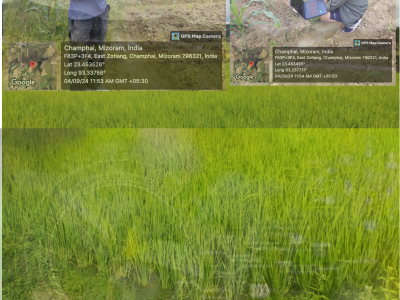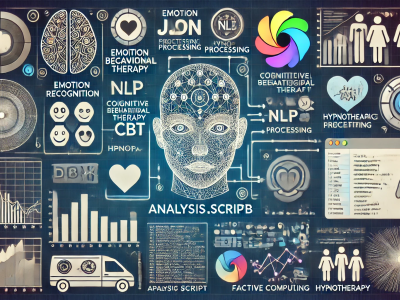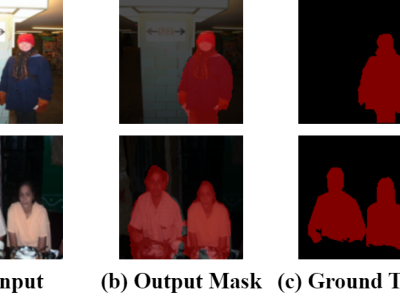
Large Vision-Language Models (LVLMs) struggle with distractions, particularly in the presence of irrelevant visual or textual inputs. This paper introduces the Irrelevance Robust Visual Question Answering (IR-VQA) benchmark to systematically evaluate and mitigate this ``multimodal distractibility". IR-VQA targets three key paradigms: irrelevant visual contexts in image-independent questions, irrelevant textual contexts in image-dependent questions, and text-only distractions.
- Categories:



